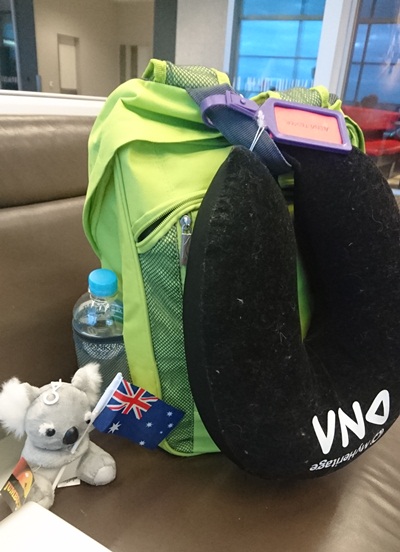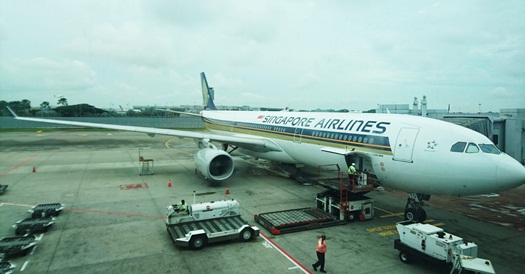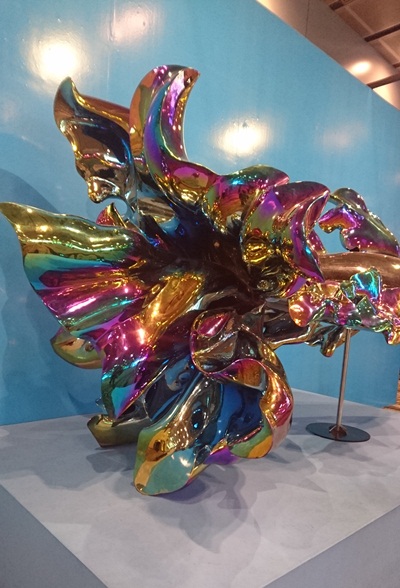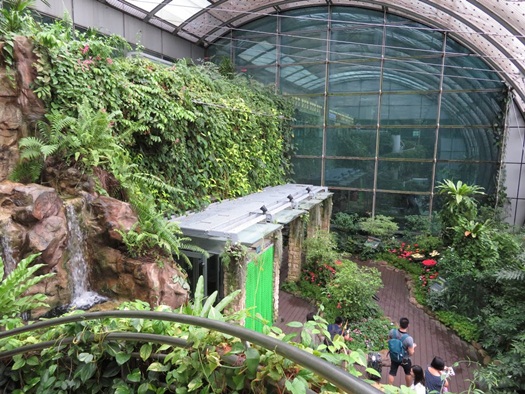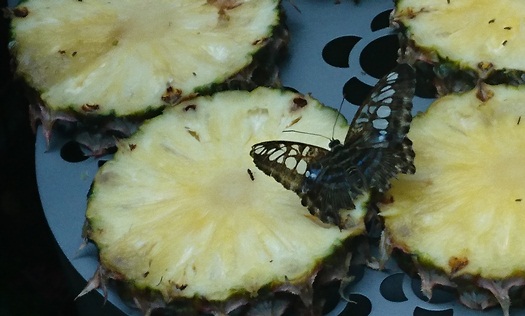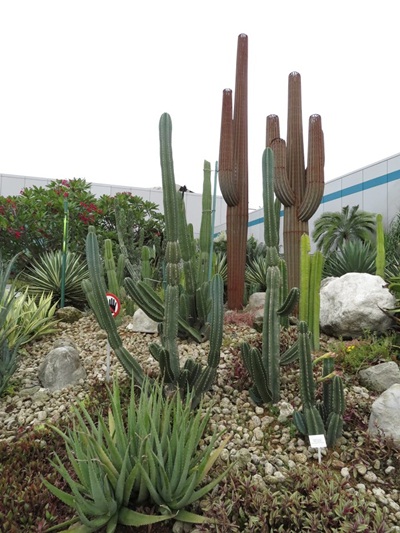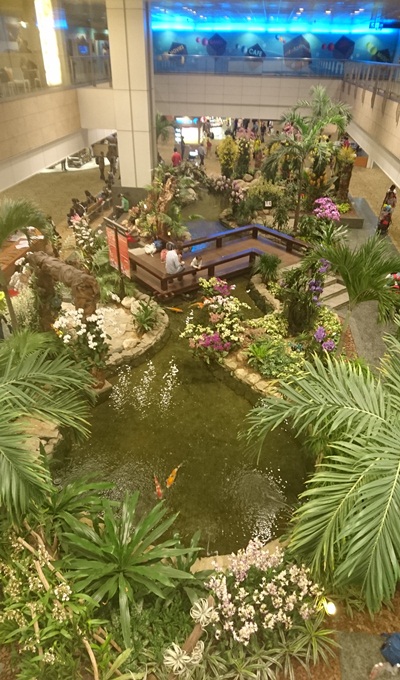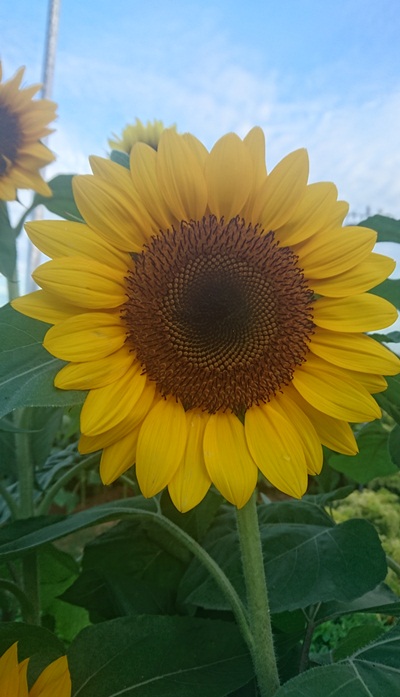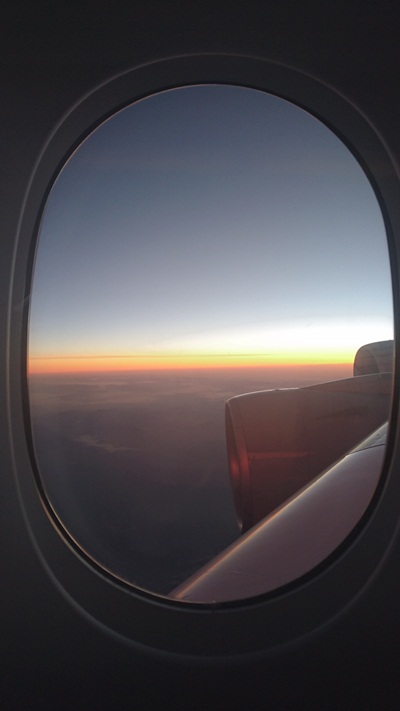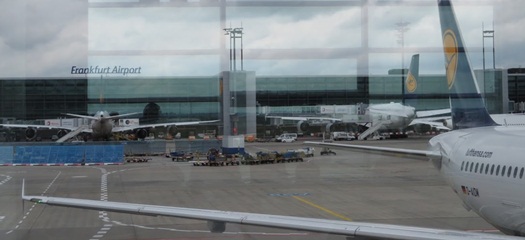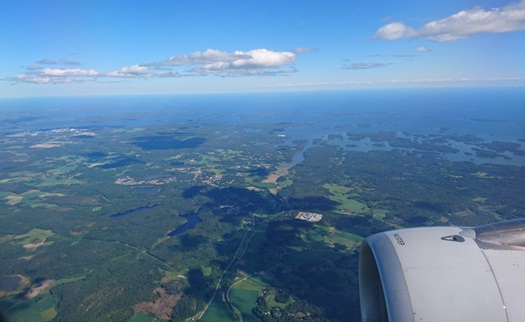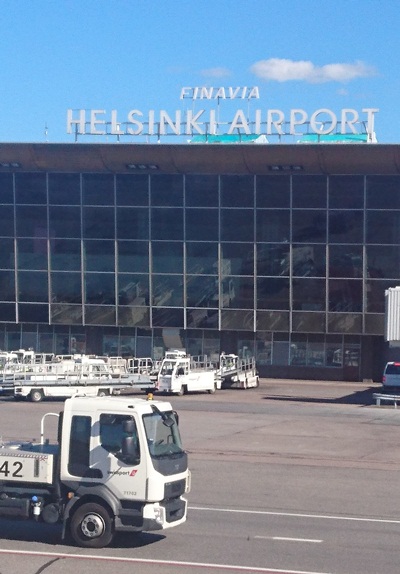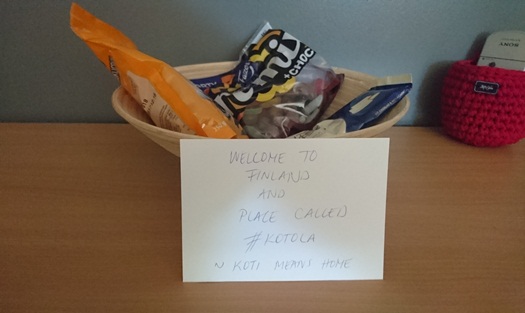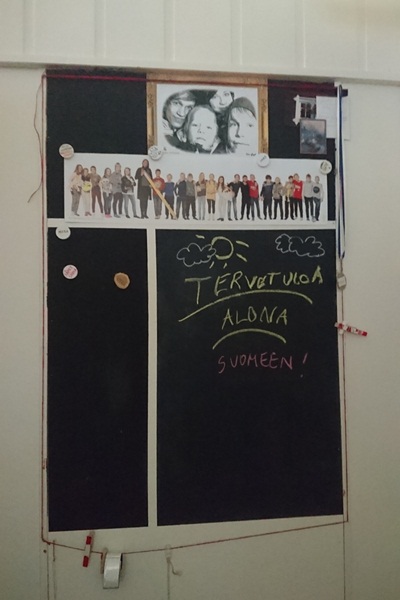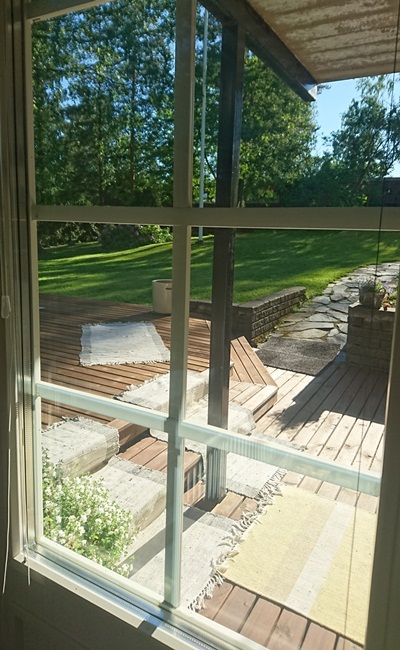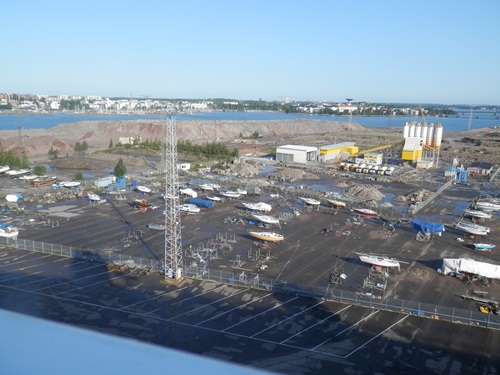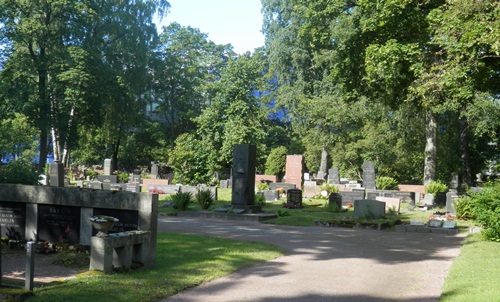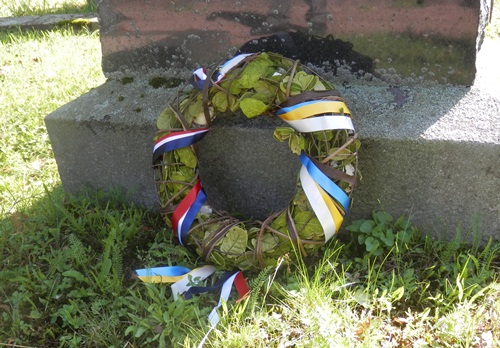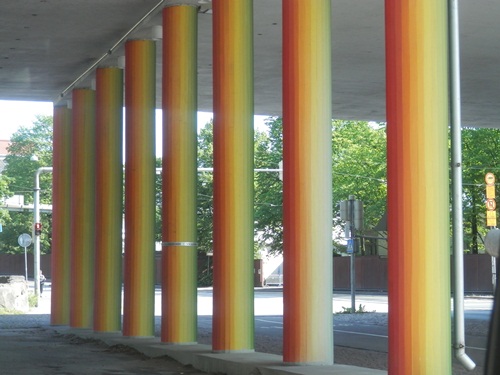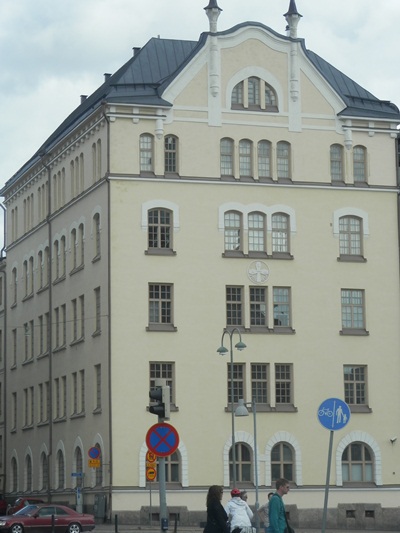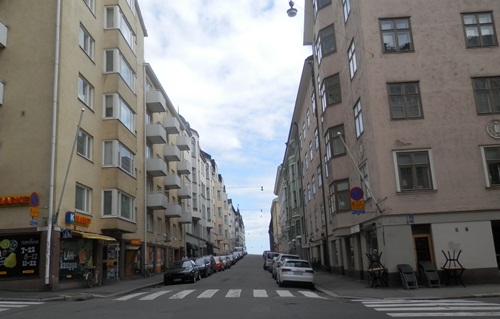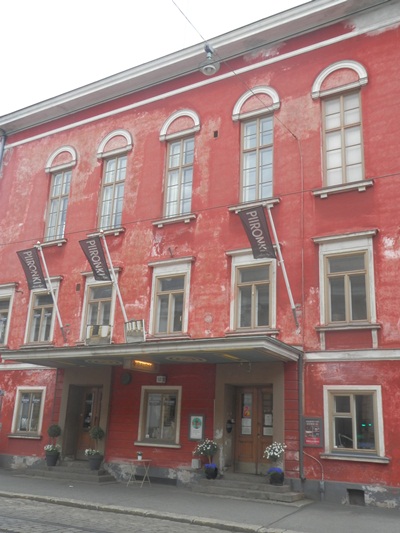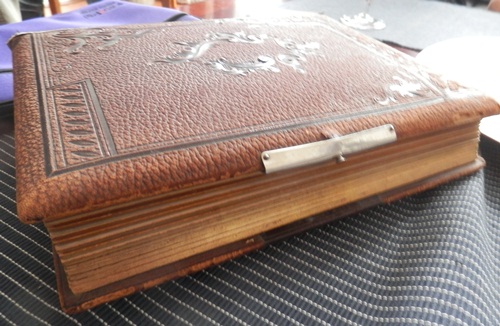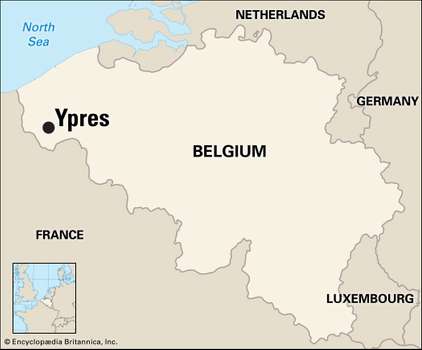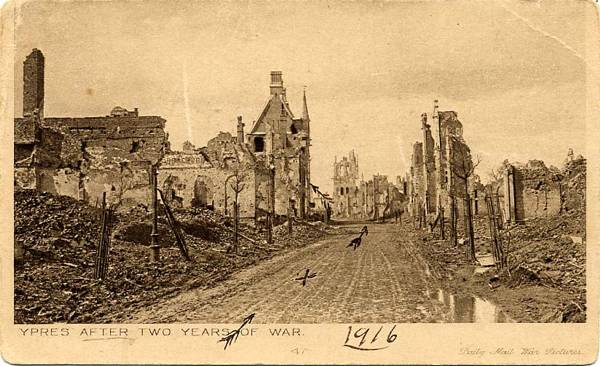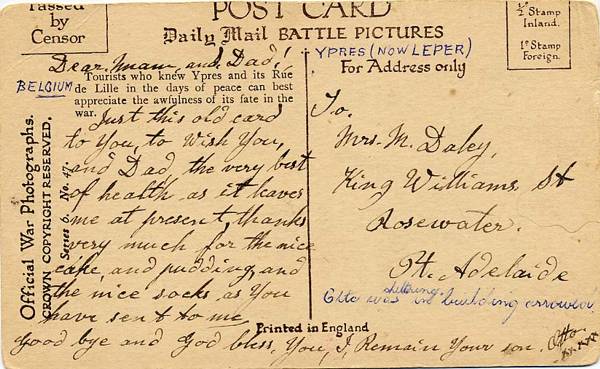Finland: The Long Trip
As I wrote in my last post, over the next couple of weeks my posts will take a different tack. Rather than writing about genealogy-related topics, I am going to show you a little of Finland, which is the homeland of some of my relatives (past and present).
So I’m taking a holiday to visit this beautiful part of a world, to see my relatives who I’ve come to know through emails and Facebook, and have briefly met some of them (but not all). So I have 2 weeks to enjoy their company, meet more relis, and discover the wonders of Finland!
My “trip of a lifetime” already is underway, and there’s so much I’ve seen (and photographed) already, and despite the fact that it took about 2 days, and 3 plane flights to get to Finland, it’s totally worth it … not that I ever doubted that. The place is beautiful, and my relatives have made me feel like one of the family.
My journey started in Adelaide (South Australia), then went to Singapore, then to Frankfurt (Germany) and finally to Helsinki (Finland). I had no dramas with any of the flights, either with any being delayed or cancelled, or with any issue on the plane. So that’s always a bonus!
But the trip getting there was an experience in itself, so before I get on to showing your Finland itself, let me share a few pics I took along the way.
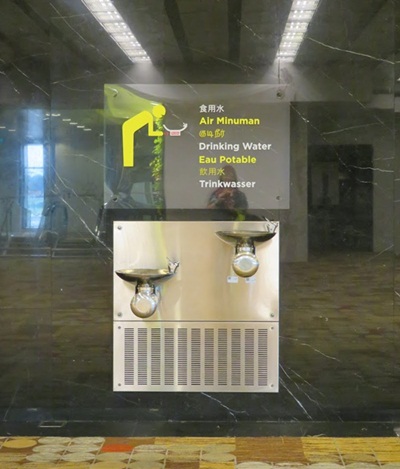
in Changi airport there’s one of these drinking fountains every few hundred metres … so you’ll never go thirsty
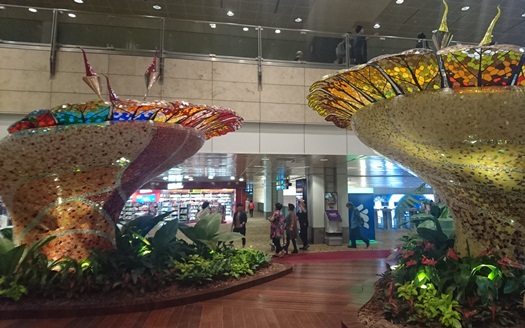
these sculptures are beautiful, but I had to wait my turn to even take a photo, they’re that popular
Stay tuned for more pictures of my adventures in Finland.
8th Unlock the Past Cruise: Day 9 Helsinki, Finland
Sunday 19th July 2015 was day 9 of our cruise, and it was HUGE day for me, so big in fact that I’m actually going write it over two posts.
Why was it such a big day? Well it was Helsinki day. For most of the cruisers onboard it was another day to do a tour or a wander around and explore. For me it was a day to visit the home city of my great grandfather. The day to meet family that I’ve corresponded with for a number of years, but have never met. The day to go to the cemetery to see some ancestors. The day to see some places around Helsinki that are relevant to my family. So to say that I was rather hyper-excited is an understatement.
As mentioned before I’ll write two posts to cover my day in Finland – as there’s simply too much to put in one. This one will be in the overview style like the previous posts from this cruise, and in due course I will write more about meeting my family and the rest of my BIG day at Helsinki.
After docking early, as our captain seems to do on this voyage, we docked at a shipyard just a few minutes out of the city of Helsinki. After disembarking and making our way through the mini market that was set up on the dock to cater for the tourists, we met up with one of our relatives who kindly came to collect us and take us around and looked after us for the day. By the way, when I say “we” in this post, I’m referring to my mum, dad and myself – as we’re all on this cruise.
The first stop of our day was the Helsinki cemetery to visit a grave or two, but we ended up seeing more than we ever expected. It was truly amazing, and the cemetery itself is just like a park, it was gorgeous (more on this in the later post).
The rest of my day onshore was spent with relatives, chatting about family and family history, viewing the old family photo album, walking the streets of Helsinki, visiting the markets and enjoying afternoon tea at a local cafe – again more on this later.
“I can’t believe that you’re here …”
One of my relatives said this to me, and he’s right, I really couldn’t believe that I was there. It really was a dream come true. Sadly we only had a few hours to meet, but still a few hours was better than none … and I already want to go back, so I’d better start saving.
Back onboard later afternoon, there were two talks scheduled for the afternoon/evening and I went to both.
– Rescuing water-damaged photos from Hurricane Katrina – Gordon Nuttall
– Researching our health history – Helen Smith
We all know about Hurricane Katrina don’t we. The mega-hurricane that hit the US in 2005 causing over US$100 billion worth of damage, and about 1800 deaths. We can’t imagine the devastation and heartache this caused. One company that is helping ease the pain for those affected is Gordon Nuttall from Flip-Pal, who are involved with a project to supply scanners to groups who were or are involved rescuing photographs that had been found in the aftermath, and reuniting them with owners. It’s an an amazing project, and the stories of those who have been reunited with their precious photographs is heartwarming.
For the second talk for the day Helen spoke on Researching our health history, and discussed the WHY you should do one, the HOW it can help you personally and genealogically, and HOW to collect your health history. She explained about risk factors (genetics, environment and behaviour), and how to assess your own risk factor, as well as explaining the usual symbols that you’ll find on a genograph (health history chart), as well as programs that you can use the help you create one. All good stuff, and she received great feedback from others who attended this talk.
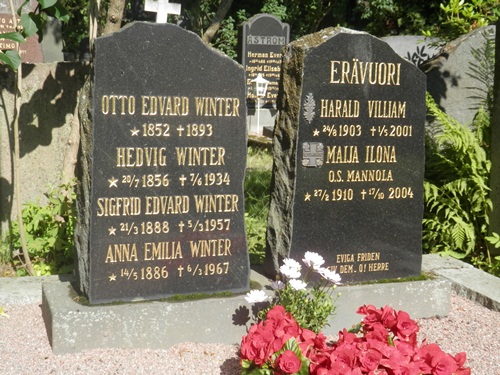
Otto and Hedvig are my 2x great grandparents, taken at the Helsinki cemetery – and the others mentioned are also relatives
Family History Through the Alphabet Challenge: F is for Finland and Football
This week’s letter in the ‘Family History Through the Alphabet’ Challenge is F … and immediately I thought of FINLAND, and then FOOTBALL. And as I couldn’t decide between them, I have decided to do both.
F is for FINLAND
I’ve written before about my Great Grandpa Otto Winter, who was born in Finland, and jumped ship in Australia – so I won’t repeat it here. Even though I’m only 1/8th Finnish, I have taken a real interest in my Finnish heritage – maybe because it is something completely different from Australian and English research? Who knows.
Anzac Day: A Message from the Battlefield
For Anzac Day this year I’m focussing on Ypres, a city in Belgium that’s on the French border. A prosperous place that in 1914 had a population of around 18,000 people.
Just for reference, Ypres is the Belgian version of the name, while the Australian Diggers knew it as as “Wipers”. And nowadays it is often known by it’s Dutch version, “Ieper”, which is pronounced as “ee-per”.
From November 1914 through until November 1917 Ypres was devastated by war and as you would expect, deserted by its inhabitants. Over that 4 year period, there were over 38,000 Australians who were killed or wounded in the Ypres battles, while the total number of casualties for all sides climbed into the many hundreds of thousands.
Captain Frank Hurley was an Australian official military photographer who was in Ypres during 1918 and captured many unforgettable images of the destruction and the lives of the Australian soldiers during the Third Battle of Ypres (also known as the Battle of Passchendaele). The photograph at the top of this post is one of his very well-known ones. The State Library of New South Wales has a large collection of his war photographs (and diaries) online, so if you’re interested feel free to click here to view them.
Anyway this year I’m remembering my great grandpa, Otto Rafael Winter. I have written about him before, including his service with the Australian military, but this time I’m highlighting a family heirloom.
The postcard pictured below is one of the very few heirlooms that exist from my Winter family, and it’s a postcard that Otto sent from Ypres, Belgium (one of the places he was deployed to) to his parents-in-law, John and Margaret Daley, in South Australia.
The postcard itself is a photograph of what the city of Ypres looked like after two years of war: bombed out buildings and crumbling ruins. But on it he’s drawn little arrows, with a notation on the back written by his daughter saying “Otto was sheltering in building arrowed”. He’s also written a date of 1916 on it, but I’m unsure of when the postcard was actually sent.
A transcript of the what he wrote is as follows:
Dear Mam, and Dad!
Just this old card to you, to wish you and Dad the very best of health as it leaves me at present, thanks very much for the nice cake, and pudding, and the nice socks as you have sent to me.
Good bye and God bless you,
I remain you son, Otto xxxxx
—————————–
To me it’s not ‘just’ a postcard. It’s a tiny picture into what his life was like during the war, and what he saw. It also a little memento that shows me how much he cared for his parents-in-law. Firstly taking the time to write to them. Thanking them for the parcels of cake, pudding and socks that they’d sent. Calling them mam and dad. And signing off as “I remain your son”. That shows he cared, right?
Otto was a merchant seaman from Finland who jumped ship in Australia, and made it his home, so much so, that in 1909 he chose to become an Australian citizen and was naturalised.
He met a local girl, Irene Daley. Married her in June 1915 and their first child was born a few months later.
With the war dragging on much longer than it was expected, the call for more volunteers came and Otto signed up in January 1916, and by May 1916 he was in Belgium. A tunneller, he was in Ypres in March 1918 when he was poisoned in a mustard gas attack and was sent to an Australian military hospital in France to recover.
Otto was lucky. Not only did he survive the mustard gas, but also the rest of the war despite other injuries. In June 1919 he made it home to his wife and family, and lived on until he was 81.
Lest We Forget!

